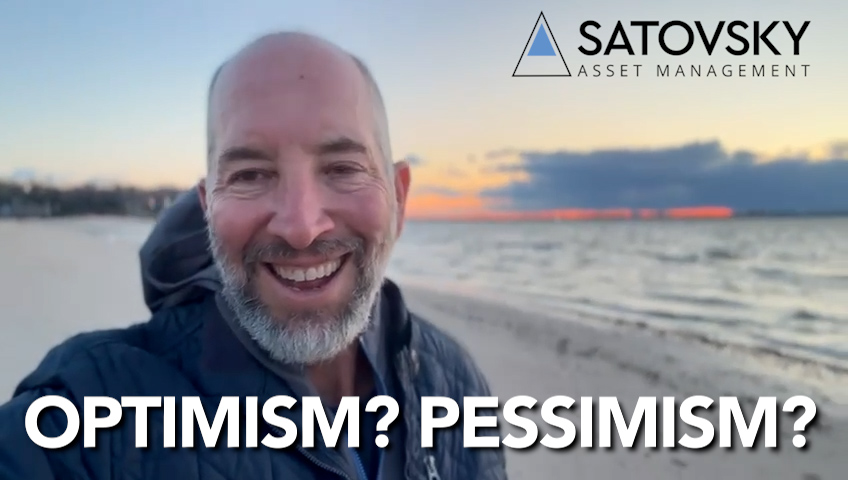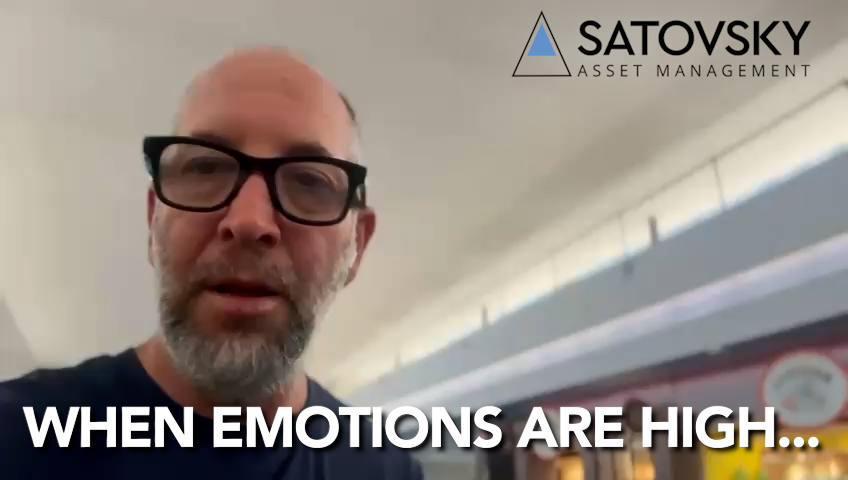Wealth management is all about cultivating lasting financial confidence over generations. Drawing insights from Warren Buffett’s long-term investment approach, Jonathan Satovsky takes a look at the concept of direct indexing as a means to minimize tracking error and maintain calm confidence in investment strategies.
How do we design someone’s finances to provide calm confidence? Not just for the moment, but for a year, for a decade, for two decades, for a lifetime, for a generation.
In May of every year, for the last number of years, I’ve been fortunate to attend the Berkshire Hathaway Conference and [Warren Buffett] he’s been able to build a community in a culture of three million investors who have benefited by his long-term thinking, and have compounded their wealth well beyond any of their expectations.
In the advisory business, how do we create the same structure and support? So that leads me to direct indexing.
I just had a conversation with someone about the concept of direct indexing. How do you take a portfolio and directly own the securities and get as little tracking error as possible to whatever they want? Let’s say the S&P 500. If that’s your benchmark and barometer, you try to mirror the S&P 500 and then you go about your life and you’re fine. If you are benchmarking and measuring the success relative to the S&P 500 and you just own the blind trust of Berkshire, as a reminder, you’d have underperformed 40% of the time by magnitudes of 20 to 60%. So, if it wasn’t called the Oracle of Omaha and Berkshire, would you sit still?
So, any factor you invest in, whether it’s cheap, small, profitable, international, or small companies, be aware you’re going to live with tracking error. And it’s okay. As long as philosophically you can sit on it to reduce your calm confidence for a lifetime.
Think about that on your path to Wisdom, Wealth, and Wellness.
Have a great day.




